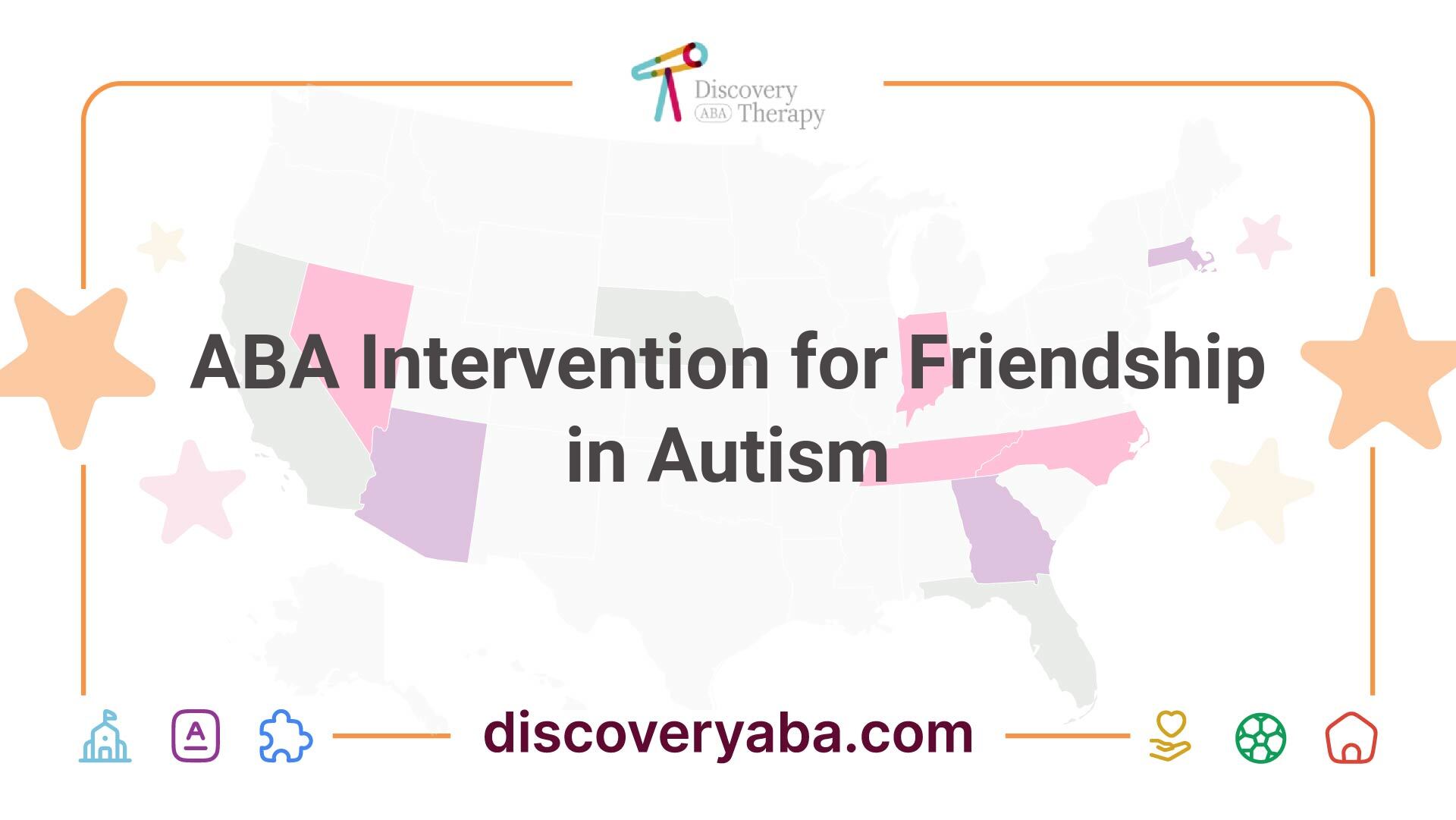How Much Has Autism Really Increased?
Unveiling the truth: How much has autism really increased? Delve into global trends, demographic impact, and environmental influences.

Understanding Autism Prevalence
Autism prevalence has been a topic of interest in recent years, with reports suggesting an increase in the number of individuals diagnosed with autism spectrum disorder (ASD). Understanding the global trends in autism prevalence and the factors influencing this increase is important for gaining insight into this complex condition.
Global Trends in Autism Prevalence
Studies have revealed a rise in measured autism prevalence globally, indicating an increase in the number of individuals diagnosed with ASD [1]. The prevalence estimates vary within and across regions, with a median prevalence of 100/10,000 (range: 1.09/10,000 to 436.0/10,000). This means that approximately 1 in 100 children are diagnosed with autism spectrum disorder around the world.
It is important to note that the increase in prevalence can be attributed to a combination of factors. One significant factor is the improvement in community awareness and public health response to autism globally. As communities become more aware of the signs and symptoms of ASD, there is an increased likelihood of early detection and diagnosis. Additionally, progress in case identification and definition has contributed to the rise in measured prevalence.

Factors Influencing the Increase
The increase in autism prevalence can also be attributed to the destigmatization of autism diagnosis among minority communities. Improved outreach and screening efforts have helped identify individuals who may have previously been overlooked, leading to a more accurate estimation of autism prevalence. It is crucial to recognize the importance of reaching out to diverse communities to ensure equitable access to early intervention and support services.
Another factor to consider is the co-occurrence of intellectual disability in individuals with autism. Studies have found that approximately 33% of individuals diagnosed with ASD also have intellectual disability. The presence of intellectual disability may influence the diagnosis and prevalence rates of autism, as it can impact the identification and assessment process.
Understanding the global trends and factors influencing the increase in autism prevalence provides valuable insights into the impact of community awareness, improved diagnostic practices, and the need for continued efforts to support individuals with ASD. By staying informed and fostering a better understanding of autism, society can work towards creating a more inclusive and supportive environment for individuals on the autism spectrum.
Demographic Impact on Autism
Understanding the demographic factors that influence autism is crucial for gaining insights into the prevalence and risk of Autism Spectrum Disorder (ASD). In this section, we will explore the impact of age on autism diagnosis, parental age on autism risk, and the presence of ethnic disparities in autism diagnosis.
Age and Autism Diagnosis
The age at which children receive a definitive diagnosis of Autism Spectrum Disorder (ASD) typically occurs after age two and a half, often reflecting the impact of variation in trajectory shape on diagnosis. Many diagnosis-relevant behaviors cannot be observed until children are older, contributing to the variability in the age of diagnosis.
Parental Age and Autism Risk
Parental age has been found to play a role in autism risk. Mothers over the age of 35 are approximately 1.5 times more likely than younger mothers to have a child with ASD. For older fathers, the increase in risk is slightly greater. This is partly due to the fact that spontaneous genetic mutations, which can contribute to autism risk, are predominantly paternal in origin.
Ethnic Disparities in Diagnosis
There are disparities in the diagnosis of autism among different ethnic groups. According to the Autism and Developmental Disabilities Monitoring (ADDM) Network, boys had a prevalence of autism nearly four times higher than girls within the monitored communities. However, recent data indicates that the prevalence of autism among 8-year-old girls has exceeded 1% for the first time. This suggests that autism diagnosis rates among girls are increasing [4].
Autism prevalence varies across different regions. The ADDM Network provides estimates of autism prevalence among 8-year-old and 4-year-old children in 11 states. The prevalence of autism in these communities ranged from 1 in 43 (2.3%) children in Maryland to 1 in 22 (4.5%) in California. These variations may stem from differences in how communities identify and diagnose children with autism, highlighting the importance of comparing local policies and intervention services.
Understanding the demographic impact on autism is essential for developing effective strategies for diagnosis, early intervention, and support services. By recognizing the influence of age, parental age, and ethnic disparities, we can work towards ensuring inclusive and accessible autism care for all individuals.
Environmental Influences on Autism
Autism Spectrum Disorder (ASD) is a complex neurodevelopmental condition influenced by a combination of genetic and environmental factors. In this section, we will explore some of the environmental influences on autism, including prenatal factors, genetic contributions, and the impact of stress on autism development.
Prenatal Factors and Autism Risk
Prenatal exposure to environmental stress has been identified as a potential risk factor for Autism Spectrum Disorder (ASD). Studies have shown that mothers of children with ASD retrospectively report higher stress levels during pregnancy compared to comparison mothers. Experimental studies involving animals have also demonstrated a link between prenatal stress and later ASD-like behaviors.
Genetic Contributions to Autism
There is considerable evidence supporting the role of genetics in Autism Spectrum Disorder. Children who have an older sibling with ASD are more than ten times as likely to have ASD themselves compared to children in the general population. Concordance rates for identical twins with ASD range from .46 to .88 or higher, highlighting the significant genetic risk [3].
Genetic mutations, both inherited and spontaneous, contribute to the development of ASD. In particular, spontaneous mutations are predominantly paternal in origin, which explains the slightly higher risk associated with advanced paternal age. Mothers over the age of 35 are approximately 1.5 times more likely than younger mothers to have a child with ASD [3].
Impact of Stress on Autism Development
Environmental stress during pregnancy has been linked to an increased risk of Autism Spectrum Disorder. Prenatal stressors such as maternal anxiety, depression, or exposure to environmental toxins may disrupt fetal brain development and contribute to the development of ASD. The exact mechanisms by which stress affects autism risk are still being investigated, but research suggests that stress-induced changes in gene expression and the release of stress hormones may play a role.
It's important to note that the causal nexus underlying the emergence of atypical behaviors associated with ASD is exceptionally complex. The development of ASD involves multiple developmental trajectories and pathological mechanisms that vary across individuals.
Understanding the environmental influences on autism can contribute to a better understanding of the disorder and potentially inform strategies for prevention and intervention. Ongoing research in this area aims to further elucidate the specific environmental factors and their interactions with genetics in the development of Autism Spectrum Disorder.
Diagnostic Changes and Autism Prevalence
The increase in autism prevalence over the years can be attributed, in part, to diagnostic changes and practices. Understanding the evolution of diagnostic criteria and its impact is crucial in unraveling the true extent of the increase in autism prevalence.
Evolution of Diagnostic Criteria
Diagnostic criteria for autism have undergone significant changes throughout history. The introduction of the Diagnostic and Statistical Manual of Mental Disorders (DSM) played a pivotal role in defining and diagnosing autism spectrum disorders (ASD). The criteria have evolved with each edition of the DSM, leading to a broader and more inclusive definition of autism.
These changes have allowed for the identification and diagnosis of individuals who may have previously gone undiagnosed. For example, between 1992 and 2005, it is estimated that 26.4% of the increased autism caseload in California can be attributed to diagnostic change through a single pathway—individuals previously diagnosed with mental retardation (MR) [5]. This diagnostic accretion, where an individual acquires a second diagnosis while retaining the original diagnosis, has substantially contributed to the observed increase in autism prevalence.
Impact of Diagnostic Practices
Diagnostic practices play a critical role in identifying individuals with autism. Changes in diagnostic practices for autism have significantly influenced autism caseloads and the reported prevalence. In California, changes in diagnostic practices between 1992 and 2005 accounted for approximately one-quarter of the observed increase in prevalence. Diagnostic practices refer to the methods and guidelines used by clinicians to diagnose individuals with autism.
The shifts in diagnostic practices have led to improved recognition of autism-related symptoms and increased awareness among healthcare professionals. As a result, more individuals who meet the revised diagnostic criteria are being identified and diagnosed with autism. This change in diagnostic practices has a direct impact on reported prevalence rates.
It is important to acknowledge that changes in diagnostic practices may contribute to the increase in reported prevalence, but they do not fully explain the entire rise in autism cases. Other factors, such as genetic contributions and environmental influences, also play a role in the prevalence of autism.
Understanding the evolution of diagnostic criteria and the impact of diagnostic practices is an essential step in interpreting and analyzing the reported increase in autism prevalence. By taking these factors into account, researchers and clinicians can better identify the true extent of autism prevalence and provide appropriate support and interventions for individuals on the autism spectrum.
Autism Prevalence in the U.S.
The prevalence of autism in the United States has seen a significant increase over the years. The rise in autism diagnoses has prompted researchers to examine the factors contributing to this trend. Additionally, there are regional variations in autism prevalence within the country.
Rise in Autism Diagnoses
According to the latest estimate from the Autism and Developmental Disabilities Monitoring (ADDM) Network, the prevalence of autism in the U.S. is 1 in 68 children, which is up 30% from the rate reported in 2008. This estimate represents a significant increase compared to the rate of 1 in 150 reported in 2000. The trend of rising prevalence has been observed not only in the U.S. but also globally.
The rise in autism diagnoses can be attributed to various factors, including increased awareness, improved diagnostic criteria, better identification practices, and enhanced access to diagnostic services. As a result, more individuals who would have previously gone undiagnosed are now being identified and receiving appropriate support.
Regional Variations in Prevalence
Autism prevalence varies across different regions within the United States. The Autism and Developmental Disabilities Monitoring (ADDM) Network provides estimates of autism prevalence among 8-year-old and 4-year-old children in 11 states. The prevalence rates in the 11 ADDM communities range from 1 in 43 (2.3%) children in Maryland to 1 in 22 (4.5%) in California. These variations may stem from differences in how communities identify and diagnose children with autism, highlighting the importance of examining local policies and diagnostic practices.
It is essential to note that the prevalence rates provided by the ADDM Network are based on specific communities and may not represent the entire country. However, they serve as valuable indicators of the regional variations in autism prevalence within the U.S.
Understanding the rise in autism diagnoses and the regional variations in prevalence is crucial for developing effective strategies for early identification, intervention, and support for individuals with autism and their families. By gaining insights into these trends, researchers and policymakers can work towards addressing the needs of individuals on the autism spectrum across the nation.
Changing Symptom Severity in Autism
Autism is a complex neurodevelopmental disorder characterized by a wide range of symptoms and behaviors. The severity of these symptoms can vary significantly among individuals with autism. In this section, we will explore how the symptom severity in autism can change over time, particularly during childhood.
Symptom Dynamics in Childhood
Research conducted at UC Davis Health has revealed that the severity of autism symptoms can change significantly between the ages of 3 and 11. Approximately 30% of children with autism experience a substantial change in symptom severity, with a decrease of two or more ADOS (Autism Diagnostic Observation Schedule) severity scores across childhood. This suggests that the symptoms of autism, which can be impairing, are decreasing over time for these children.
It is important to note that the changes in symptom severity are not uniform for all individuals with autism. Some children may experience an improvement in symptoms, while others may show an increase in severity. The factors influencing these changes are multifaceted and can vary on an individual basis.
Influence of IQ on Symptom Changes
The relationship between a child's IQ and changes in symptom severity is also a significant factor during early childhood. The research noted that children with higher IQs at ages 3 and 6 tend to show a decrease in symptom severity during early childhood. On the other hand, children who experience an increase in symptom severity tend to have lower IQs that remain relatively stable.
These findings suggest that cognitive abilities may play a role in the trajectory of symptom severity in autism. However, it is important to remember that intelligence is just one aspect of the complex nature of autism, and other factors are likely at play as well.
Gender and Symptom Changes
The research conducted at UC Davis Health also revealed interesting gender differences in the changes observed in symptom severity. Girls showed more improvement in symptom severity compared to boys, with a higher percentage of girls experiencing a decrease in symptom severity. This trend was observed in both the first and second studies conducted.
While the reasons for these gender differences are not yet fully understood, it highlights the importance of considering gender as a potential factor when studying autism symptoms and their changes over time.
The understanding of how symptom severity changes in autism is an ongoing area of research. It is important to continue exploring these dynamics to gain a deeper understanding of autism and its complexities. By studying the factors that influence symptom changes, researchers can potentially develop more targeted interventions and support strategies to improve the quality of life for individuals with autism and their families.
References
- https://pubmed.ncbi.nlm.nih.gov/35238171
- https://www.autismspeaks.org/autism-statistics-asd
- https://www.ncbi.nlm.nih.gov/pmc/articles/PMC5182138
- https://www.cdc.gov/media/releases/2023/p0323-autism.html
- https://www.ncbi.nlm.nih.gov/pmc/articles/PMC2800781/
- https://health.ucdavis.edu/news/headlines/autism-characteristics-can-change-significantly-from-ages-3-to-11/2022/04
Find More Articles
Contact us
North Carolina, Tennessee, Nevada, New Jersey, Utah, Virginia
New Hampshire, Maine
Massachusetts, Indiana, Arizona, Georgia
.avif)





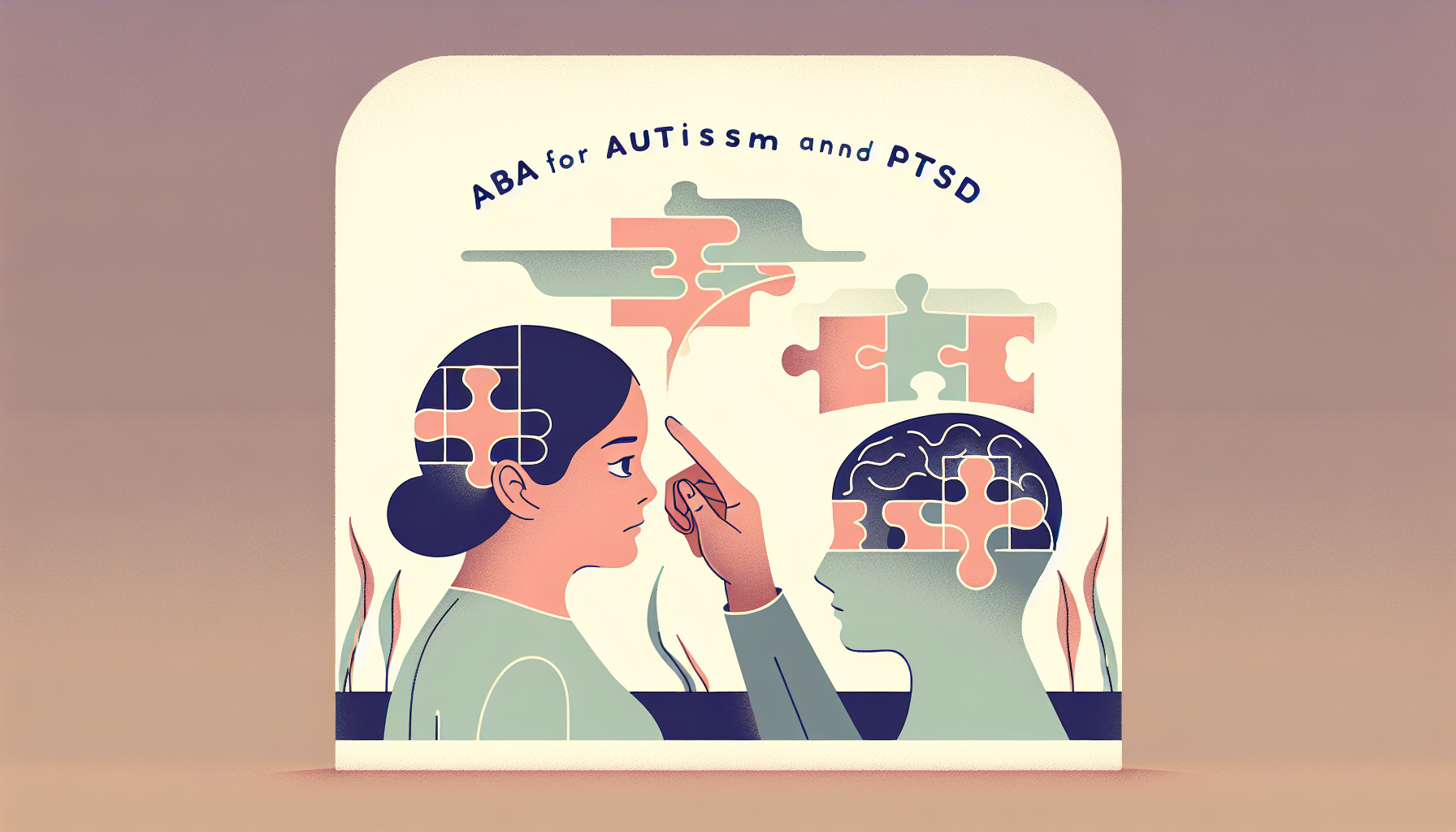











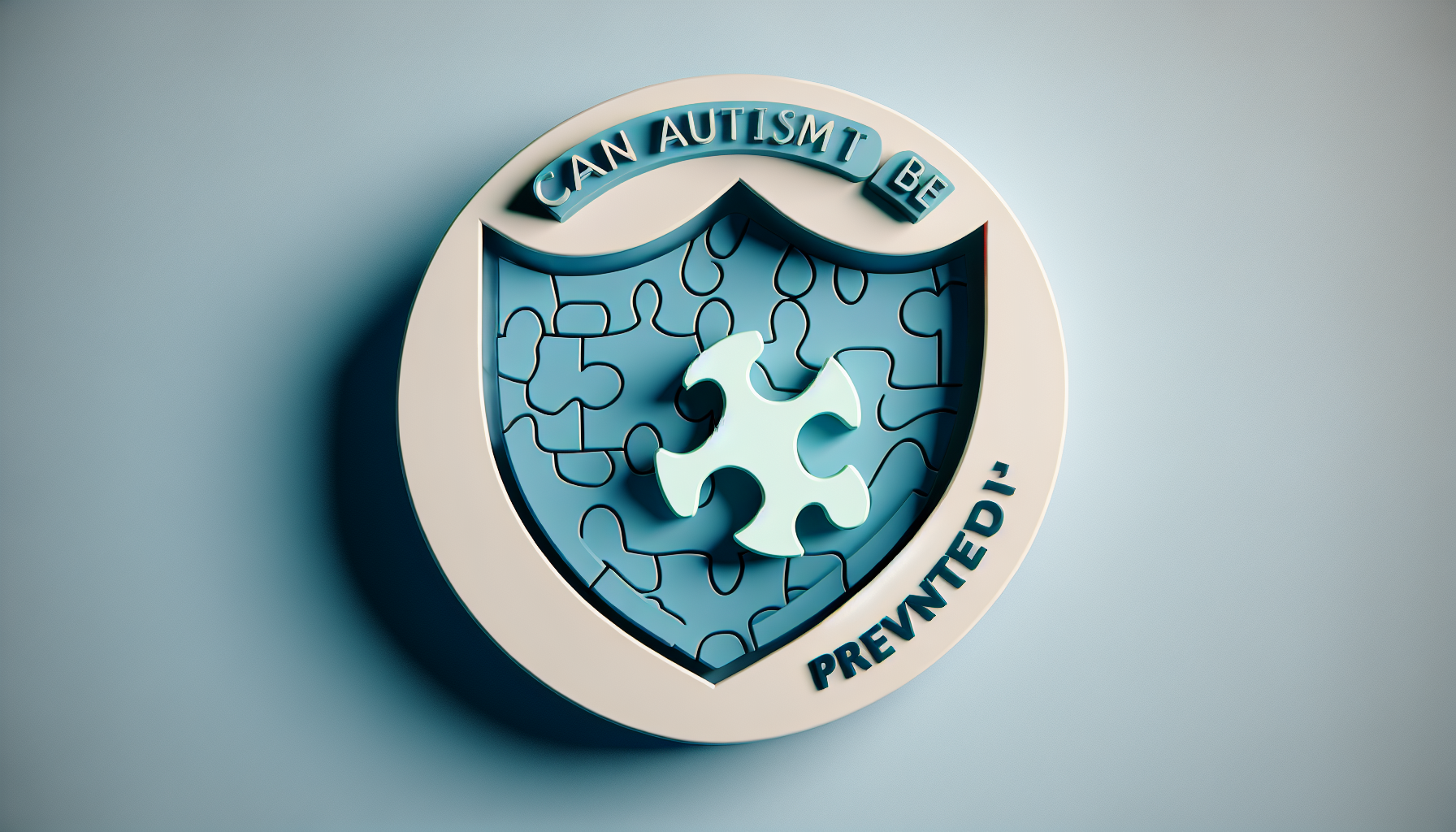











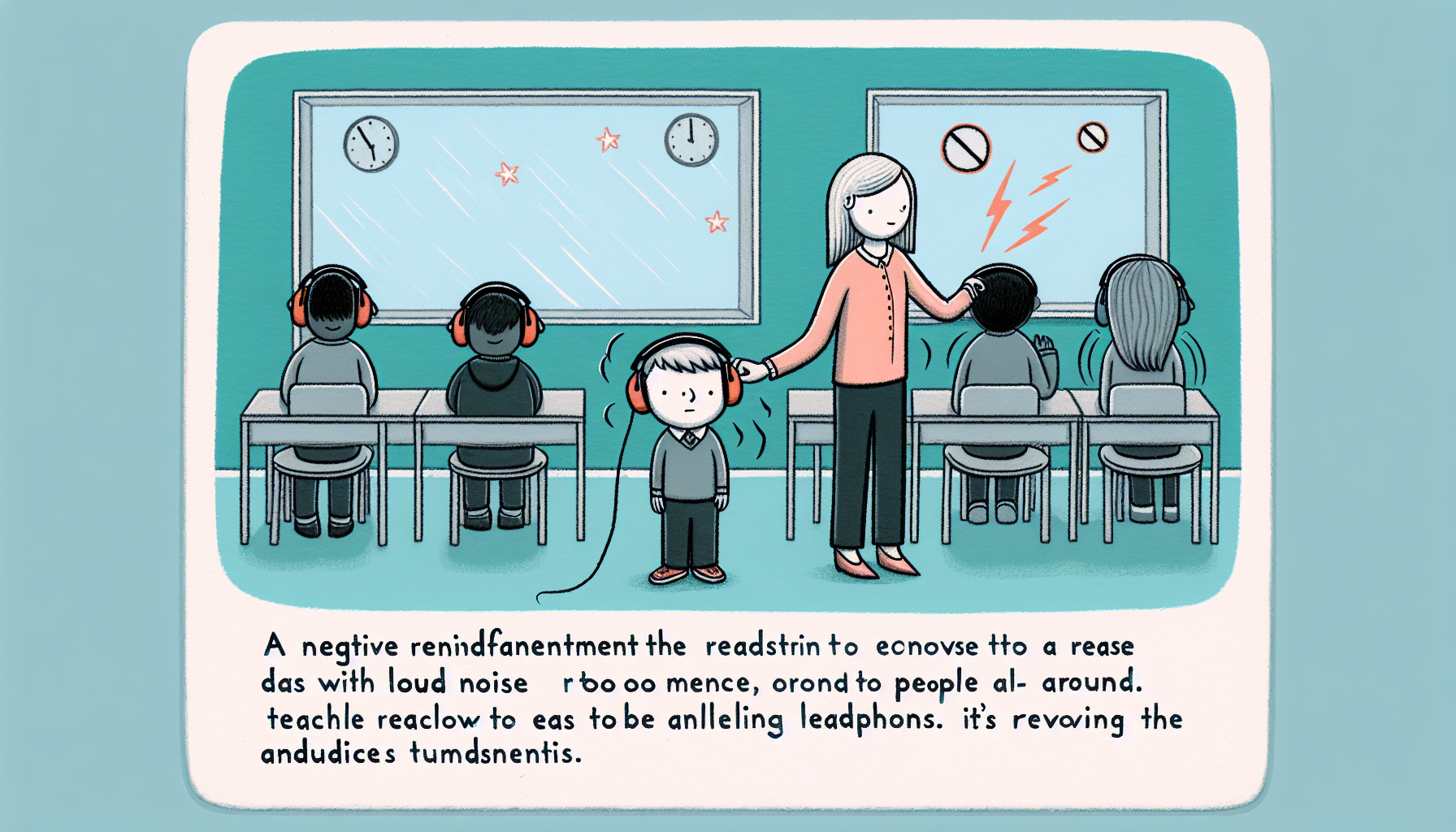

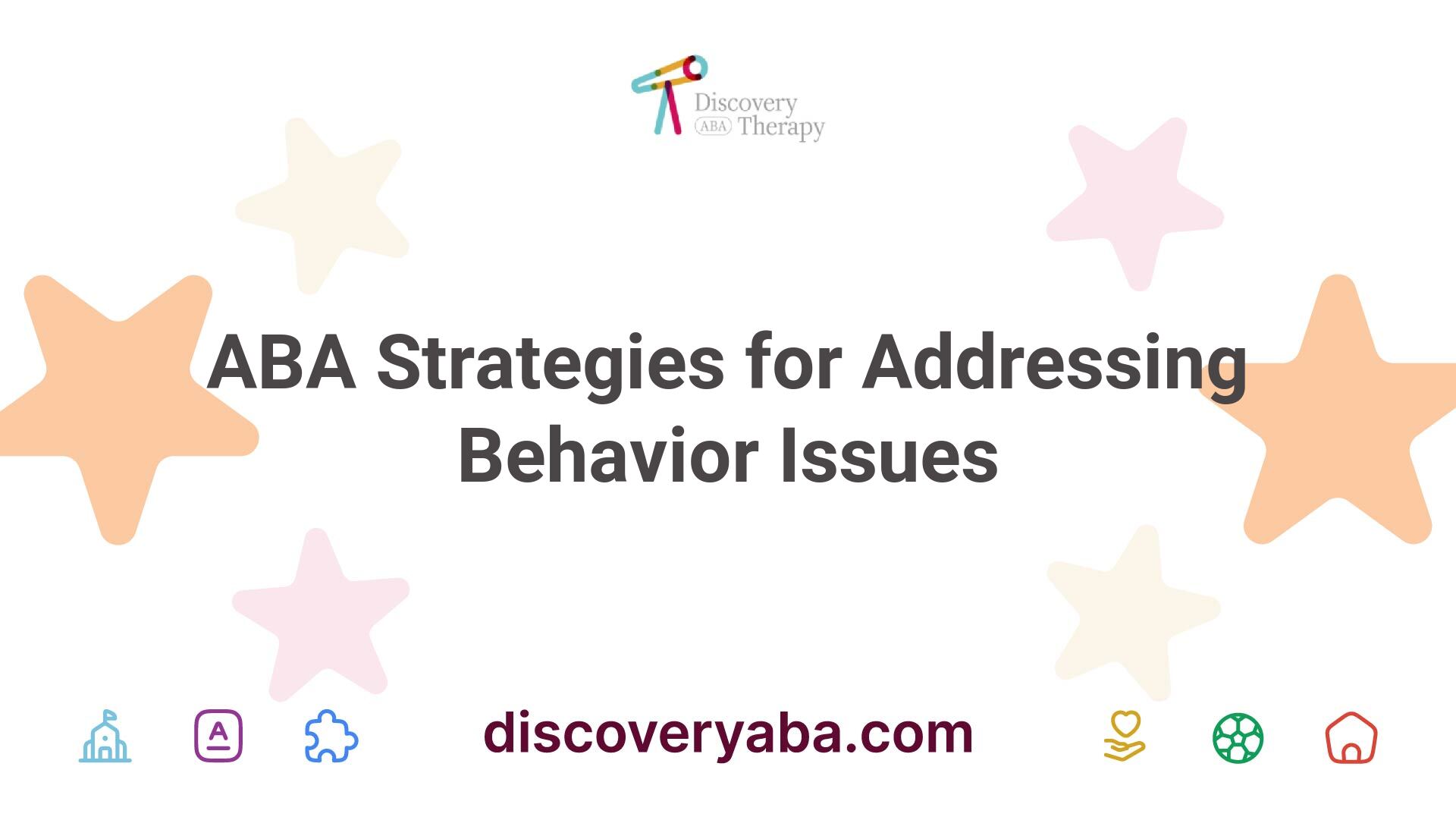











.jpeg)


























